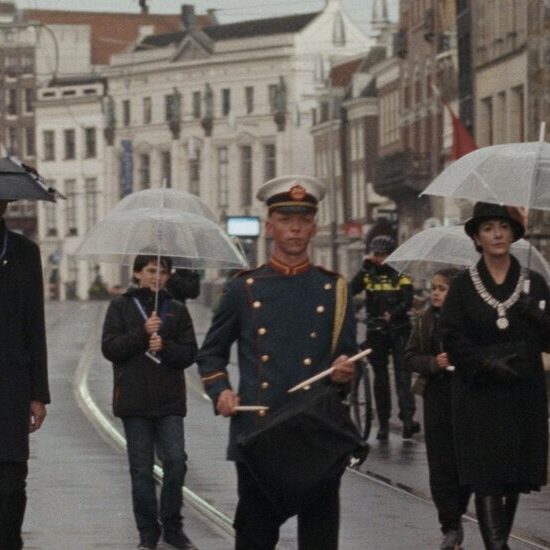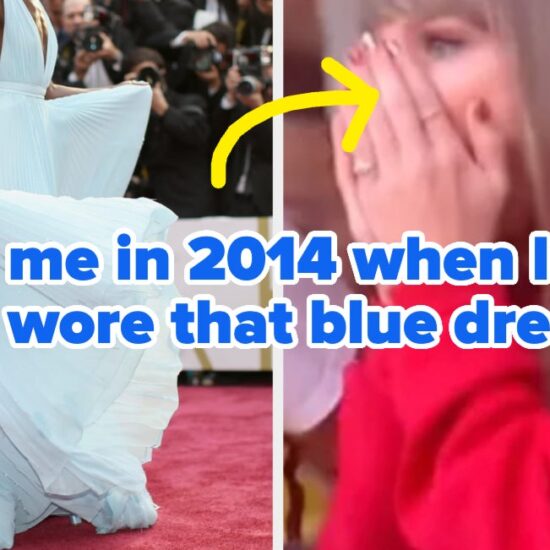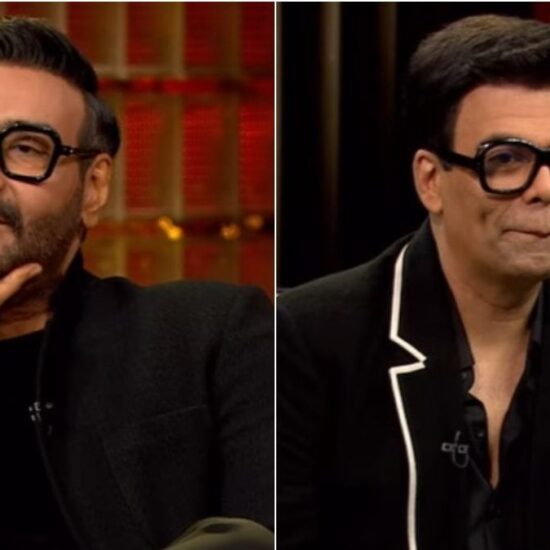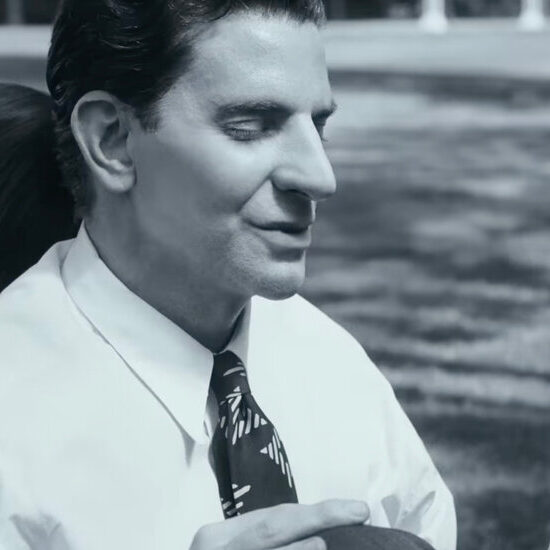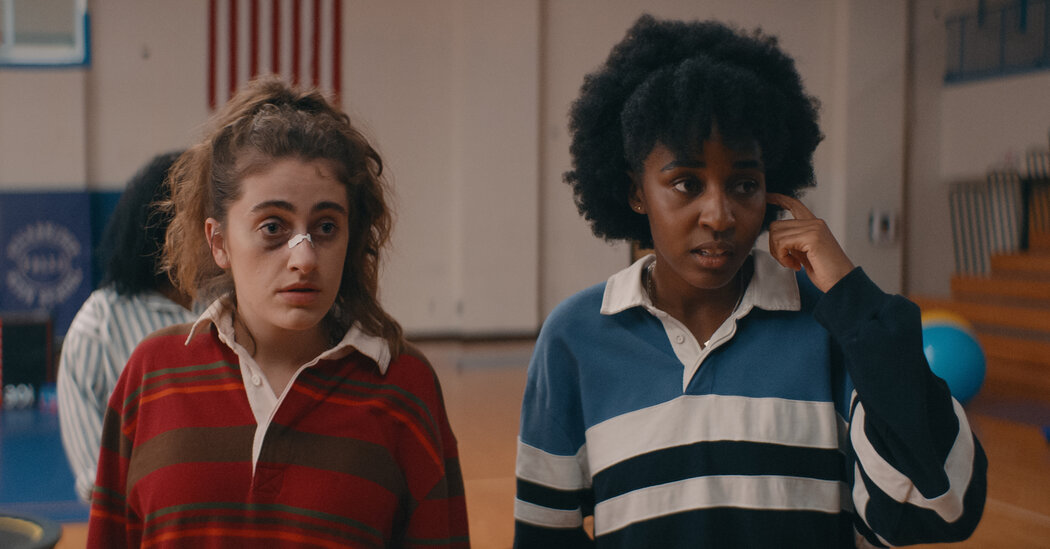
You know the setup: one boy, the underdog, is forced to face off with a boy with more social clout — and, likely, more muscles. They’re in the gym, the hallway, or the schoolyard, and by the time the last punch is thrown, the underdog, our hero, has taken his first steps into manhood.
For decades the school scrap was a prevailing coming-of-age trope in movies and TV. The ’80s produced some of the most memorable scenes, whether it was Clifford versus Moody in “My Bodyguard” or Ralphie versus Scut in “A Christmas Story.” Then in 1993, Richard Linklater gave us the memorable freshmen versus the paddle-swinging Fred O’Bannion and his cohort of sadistic seniors in “Dazed and Confused”; and in 2002, Sam Raimi offered Peter Parker decking Flash Thomspon in high school. Even SpongeBob has found himself caught in a boating school scuffle with a classmate.
But teen brawling onscreen has since evolved to becoming more than just a metaphor for boys at the cusp of adulthood learning to assert their masculinity. Nowhere is this more apparent than in the queer sex comedy “Bottoms,” which de-genders and subverts the boorish maleness of the school tussle as a male developmental milestone, ultimately making it about young women asserting their identities and pushing back against convention.
PJ and Josie are best friends who start a female fight club at their high school, with the goal of losing their virginity to two popular cheerleaders. The entire premise of this delightfully absurd offbeat comedy is predicated on two young women using a narrative often tied to masculinity to their advantage. PJ specifically models the concept of the extracurricular on “Fight Club,” which also works as a meta-commentary: The girls in “Bottoms” are flipping gender in the same way “Bottoms” itself is reworking the testosterone-pumped, fist-bumping, male-targeted genre of fight movies like that much-worshipped film. (“I love David Fincher,” one of the girls gushes about the “Fight Club” director in passing as she walks into the first club meeting.)
Whereas that Brad Pitt vehicle rewards the savagery of its virile men with sex, violence and destruction, their aggression brimming with homoerotic undertones, “Bottoms” offers its girls the same gratification, but with more comedy and explicit queerness.
PJ and Josie take male posturing to the extreme, capitalizing on a rumor about their being hardened juvenile delinquents. Even when it seems they’ll be called on their bluff, they double down, as when, early in their charade, PJ goads Josie into punching her in front of the group of their peers and Josie ends up on the floor smiling, blood streaking down her chin. The girls’ popularity soars. So does their self-confidence. Somehow, these girls aimlessly bruise and bloody one another into a sense of camaraderie, even newfound strength.
The movie’s wry gender subversions extend to its ridiculous depiction of PJ and Josie’s male peers, specifically the jocks, who spend the entire movie in their football uniforms. Despite these guys wearing the armor of masculine dude-bros — literally, protective shoulder pads included — “Bottoms” often makes them effeminate. They fit more squarely into a misogynist’s stereotype of women: They’re petty, sensitive, underhanded and, ultimately, the ones who need saving by the end of the movie. (The one notable exception is an example of the opposite extreme, masculinity gone wild in the form of a feral male student who spends his school days locked in a cage.)
Another recent film, “Miguel Wants to Fight,” on Hulu, also pokes holes in displays of violent masculinity, albeit with less of a payoff. Miguel is a teenage boy who also doesn’t really meet the criteria for the uber-masculine Tyler Durden type. He lives in a neighborhood where fighting is everything: Kids get into brawls on the regular, and guys who dominate in the boxing ring are revered as local heroes. Despite all this, and the fact that his father is a boxing coach, Miguel is the only one of his friends who hasn’t been in a fight. When Miguel learns his family’s moving in a week, he decides he must get into a fight before he leaves.
But Miguel hesitates on the sidelines as his three buddies come to blows with another group of peers. The one scuffle he gets into involves more awkward embraces than punches. Miguel is more apt to make friends with an opponent than fight them. Even his fantasy fight sequences, in which he imagines himself as the star of his own anime or martial arts movie, sometimes end with him emasculated. In one, he wears a yellow tracksuit like Bruce Lee’s in “Game of Death” as he faces off against a bully; even after Miguel lands a strike the bully simply laughs and asks why he’s “dressed like the chick from ‘Kill Bill.’”
Instead of framing the fight as Miguel’s great hurdle to self-assurance and maturity, the movie shows how Miguel’s obsession with fighting is misguided, just a distraction from the anxiety and sorrow he feels about moving away from his friends. The pressure Miguel puts on himself is all internal; he thinks his father wants a fighter son when his father just wants him to be happy and safe. Every fight scenario either causes Miguel embarrassment or ends with him selfishly alienating his friends. And when Miguel does finally get into a fight, it’s not the heroic, cinematic experience he imagined. In fact, he says to his buddy, “It sucked,” throwing in an expletive for good measure.
This is the ultimate subversion that the two films pull off: While “Bottoms” ends with its female protagonists getting into a massive, bloody gladiator-esque battle and reigning victorious, the coming-of-age movie that’s actually about a boy getting into a fight ends with a 36-second tussle and a sweet reconciliation between bros.
So perhaps that old saying is wrong: Fighting is sometimes the answer. It just depends on who’s throwing the punches — and what’s at stake.









